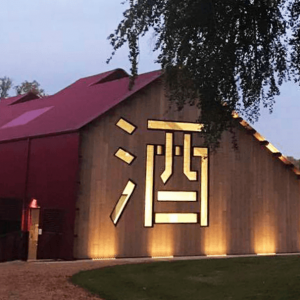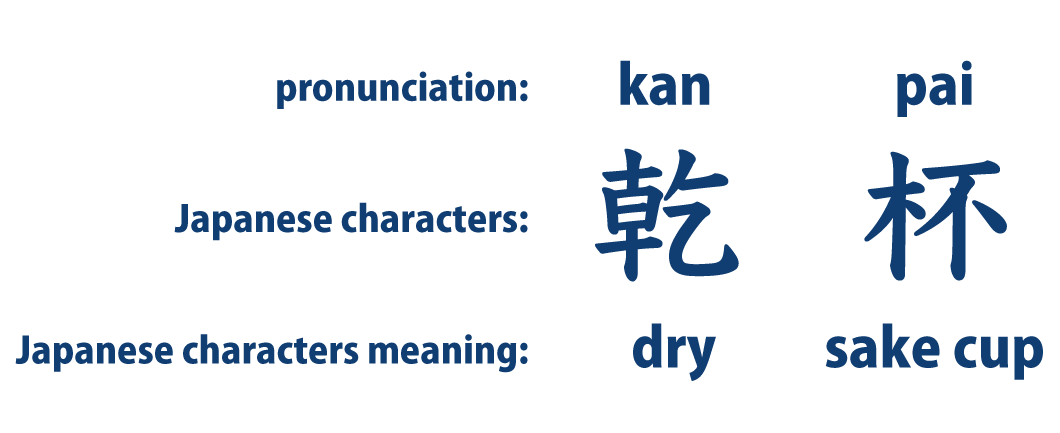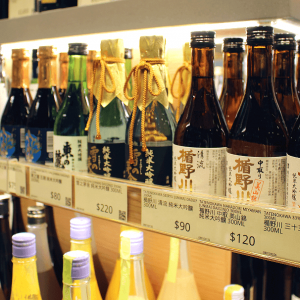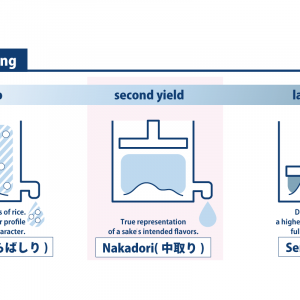
What does kanpai mean?
The word kanpai comes from Chinese, so similar terms apply in Mandarin (gan bei), Cantonese (gom bui) and Korean (geonbae). In Japanese, kanpai (also transliterated as “kampai”) is written with the Chinese characters 乾杯. 乾 means “dry” and 杯 means “sake cup,” so an approximate translation is something like, “drink your cup dry.”
Of course, “kanpai!” doesn’t necessarily oblige a drinker to chug their beverage at hand. While a cup of sake is often drunk like a shot, it’s fine to sip it too. And it’s not limited to sake; “kanpai” readily applies regardless of drink choice.
Meanwhile, there’s a ceremonial variant for toasting the deceased at funerals: Kenpai. It’s written 献杯, with the first character meaning “to offer/present.” Take care not to mix the two words up, as your friends may look at you funny if you attempt to drink to their memory while they’re still alive.
How to toast in Japan
So, how exactly do people kanpai in Japan? One might picture weathered salarymen sitting squarely around a table after a long day at the office, or a kimono-clad geisha elegantly pouring sips of sake. As iconic as those images may be, they’re decidedly old-fashioned.
Though the act of toasting is still a common sight at restaurants and izakaya, the word kanpai is uttered less frequently, especially among younger generations who have adopted more casual approaches to drinking. Nowadays, instead of kanpai, youngsters might opt for, “Happy Friday” or seasonal greetings like “Merry Christmas.”
That’s not to discourage you from learning the ins and outs of kanpai. At formal (in structure, not necessarily in dress code) events such as official work dinners, school staff parties, or weddings, kanpai still has its place. There’s a somewhat formalized ceremony to these events: First, it’s customary to refrain from drinking until everyone, especially those at the head table, are seated. A set menu is likely provided and drinks may be unlimited for the period arranged between the organizer and the venue. Wait staff will typically pour the first drink – usually beer – everyone stands, and the designated toaster will give a small speech ending with “Kanpai!” Only then will those assembled at these occasions partake in the food and drink at hand. It’s okay to order sake or cocktails here, if you prefer them over beer, and you may also see drinkers walking around the table to toast others individually.
As the event progresses, some may take a bottle with them as they visit other tables. This is not for their own consumption, as pouring one’s own drink tends to be frowned upon in Japan in all but the most casual of settings. The bottle is to pour for those they are visiting. If you’d like a refill and nobody steps up, find a bottle and offer to pour for someone else – they’ll usually take the hint and reciprocate.
If you’ve had enough to drink, hold your hand palm-down above your cup or glass to politely decline. Note that servers are not there to pour for you – their job is just to take drink orders, deliver the food and drinks to the table, and clear it all away later.
One last note: if you’re teetotalling or are otherwise a non-drinker and find yourself at a formalized occasion like this, it’s okay to order a soft drink, but be prepared to politely explain your reason for abstaining. Fib if you must, but old-fashioned attendees especially may expect any without a good excuse to imbibe.
A toast to World Sake Day
In parting, here’s a tidbit you may not have known: October 1 is the official World Sake Day!
October is the month in which sake production begins and the first of the month traditionally marked the start of a brewery’s production year; hence the holiday.
World Sake Day events are held in many cities around the world, so you may be able to join the festivities where you live. If not, open a bottle of your favorite sake to celebrate. But there’s no need to wait until then to raise a cup… Kanpai!







Comments